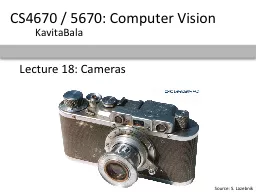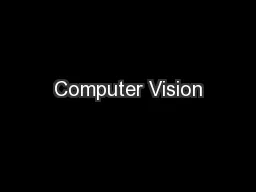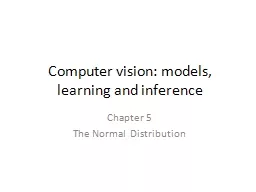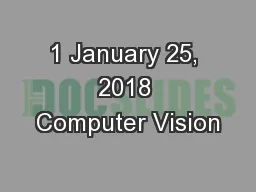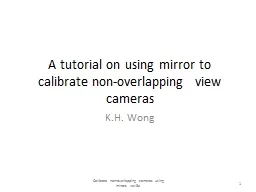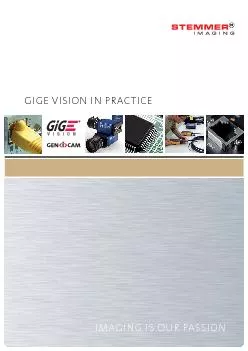PPT-Lecture 18: Cameras CS4670 / 5670: Computer Vision
Author : greyergy | Published Date : 2020-11-06
KavitaBala Source S Lazebnik Announcements Prelim next Thu Everything till Monday Where are we Imaging pixels features Scenes geometry material lighting Recognition
Presentation Embed Code
Download Presentation
Download Presentation The PPT/PDF document "Lecture 18: Cameras CS4670 / 5670: Compu..." is the property of its rightful owner. Permission is granted to download and print the materials on this website for personal, non-commercial use only, and to display it on your personal computer provided you do not modify the materials and that you retain all copyright notices contained in the materials. By downloading content from our website, you accept the terms of this agreement.
Lecture 18: Cameras CS4670 / 5670: Computer Vision: Transcript
Download Rules Of Document
"Lecture 18: Cameras CS4670 / 5670: Computer Vision"The content belongs to its owner. You may download and print it for personal use, without modification, and keep all copyright notices. By downloading, you agree to these terms.
Related Documents

